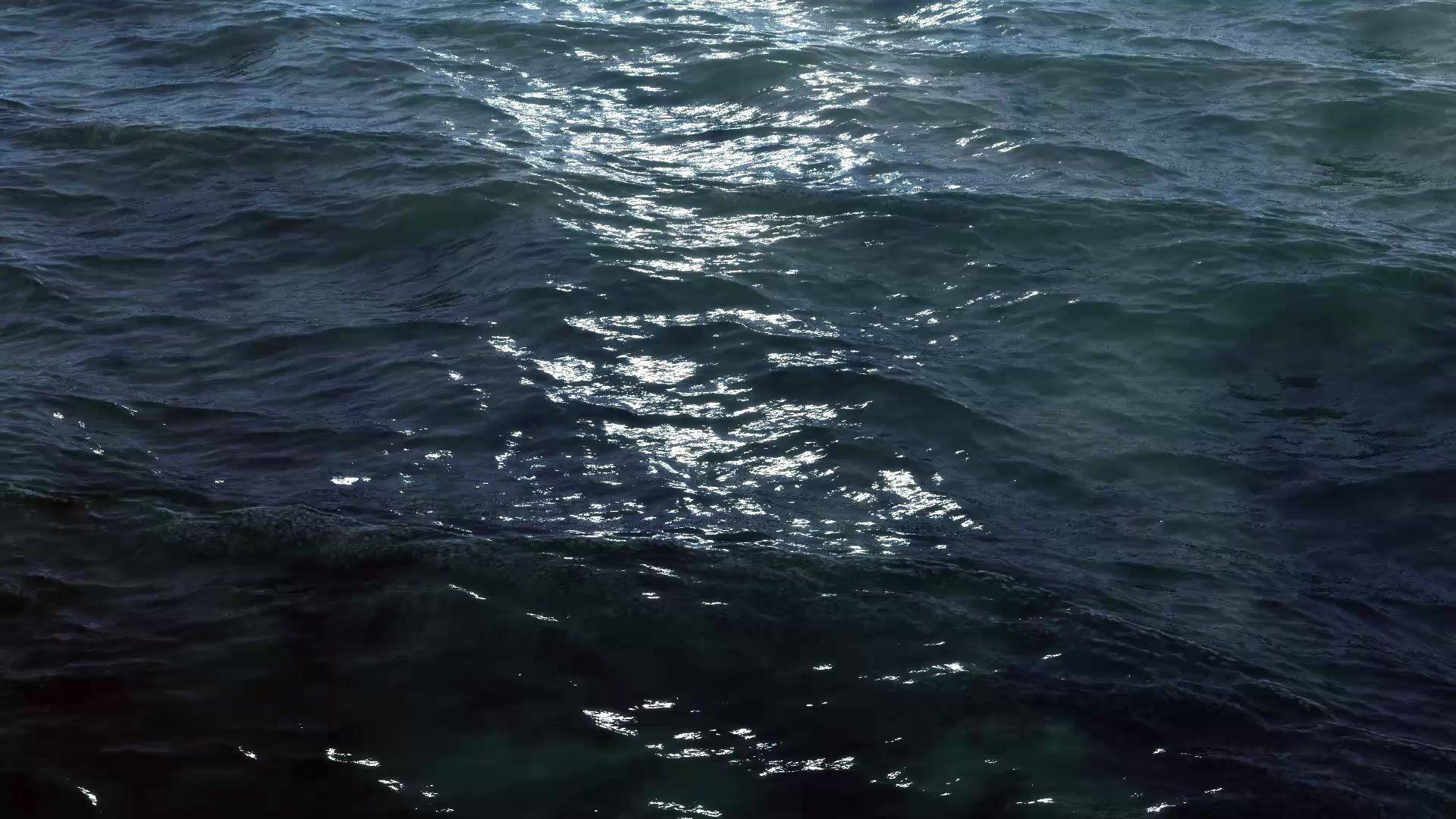Giant manta rays: silent guardians of the ocean
- Gabriela Carranza Castillo
- Aug 27
- 2 min read
In the deep blue lies one of the ocean’s most majestic creatures: the giant manta ray (Mobula birostris). With wings that can span more than seven meters, it glides through the water with a grace that feels almost otherworldly. Despite its enormous size, it is a gentle giant, harmless to humans, whose life is deeply connected to the balance of marine ecosystems.

Intelligent and social beings of the Giant Manta rays
The giant manta is not only remarkable for its size but also for its intelligence. It has the largest brain of any fish, a trait reflected in its social behavior and in the curiosity with which it sometimes approaches divers. These encounters invite silence, reverence, and a profound respect for marine life.
Ocean travelers
Mantas are great migrators, traveling thousands of kilometers in search of food and cleaning stations where small fish remove parasites from their skin. Along the way, they appear in the waters of Baja California Sur, offering unforgettable moments: emerging from the deep blue and gliding past with wings wide open, like birds in a sky made of water.

Mantas or mobulas: two different spectacles
This region is also home to mobulas, smaller rays that gather in massive schools. Their synchronized leaps above the surface create a breathtaking collective performance. The giant manta, by contrast, often appears alone or in small groups, radiating a quiet and solemn presence. Both species embody the richness — and fragility — of the oceans.
A vulnerable species
Today, giant manta rays face increasing threats: bycatch, pollution, and habitat loss. Their low reproductive rate makes them especially vulnerable. Each encounter with them is therefore a reminder of how urgent it is to protect the sea — and how sacred it is to witness them free in their natural habitat.

Editorial note
According to the International Union for Conservation of Nature (IUCN), the giant manta ray is listed as a vulnerable species. Without urgent conservation measures, its populations could decline dramatically in the coming decades.Every encounter with a manta is not only a privilege but also a reminder of our responsibility: to protect the ocean, reduce unsustainable fishing, and safeguard the ecosystems that sustain these magnificent beings.
To witness a giant manta ray is more than a memory — it is a collective call to awareness and a commitment to preserve the future of our seas.






Comments